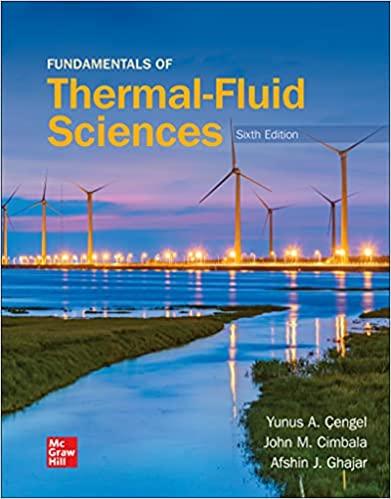Answered step by step
Verified Expert Solution
Question
1 Approved Answer
4.12 Derive the following equations Equation 4.7a. C1=C1A1+C2A2C1A1100 4.15 What is the composition, in weight percent, of an alloy that consists of 5at%Cu and 95


Step by Step Solution
There are 3 Steps involved in it
Step: 1

Get Instant Access to Expert-Tailored Solutions
See step-by-step solutions with expert insights and AI powered tools for academic success
Step: 2

Step: 3

Ace Your Homework with AI
Get the answers you need in no time with our AI-driven, step-by-step assistance
Get Started


